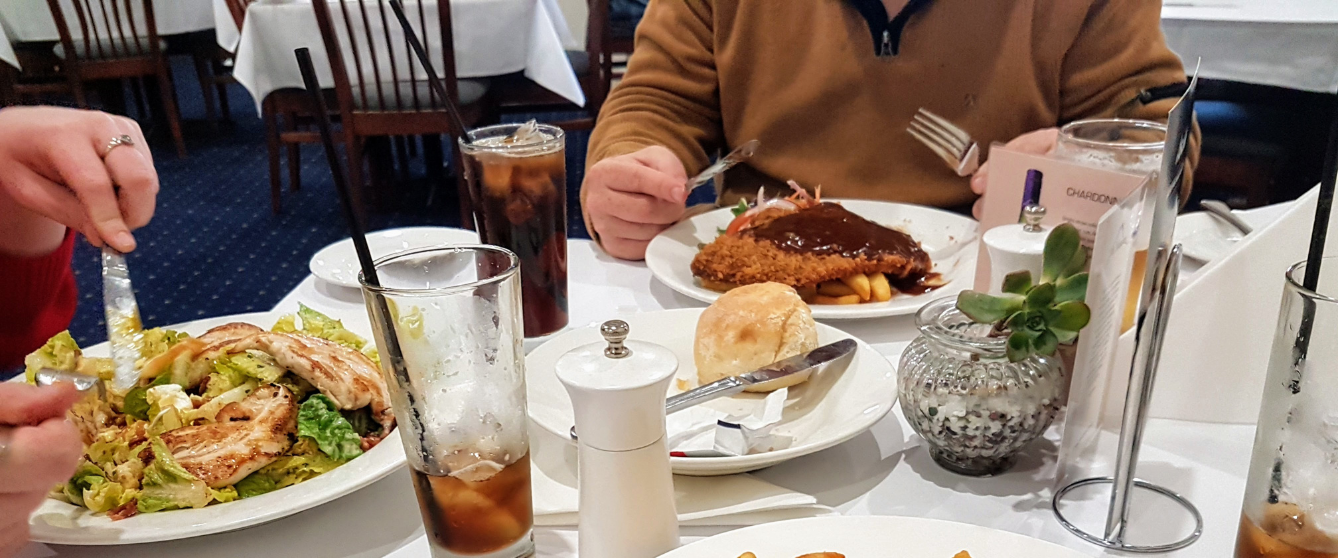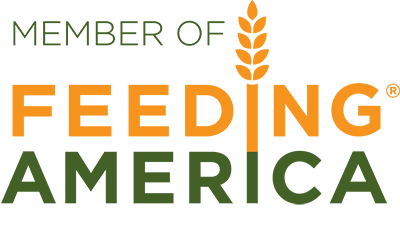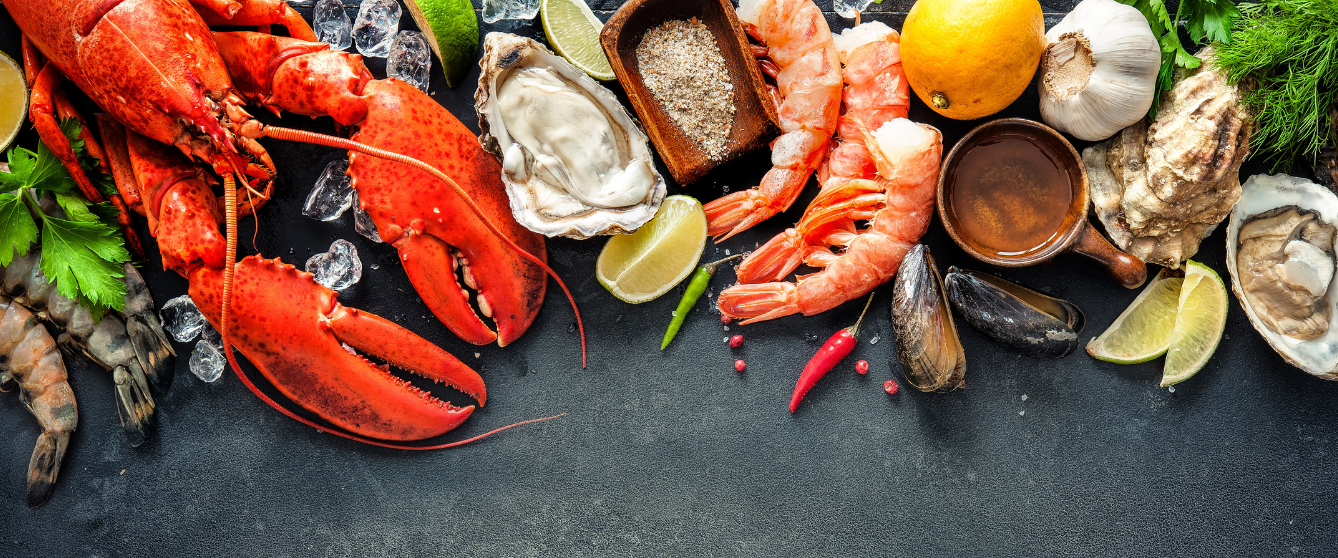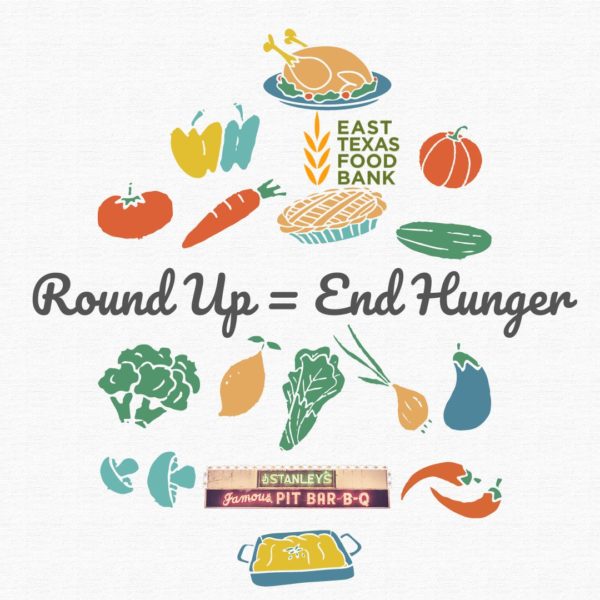Tips for Eating Out Away From Home

Restaurants, convenience and grocery stores, or fast-food places offer a variety of options when eating out. But larger portions and too many extras can make it difficult to stay within your calorie needs. Think about ways to make healthier choices when eating food away from home.
- Consider Your Drink- Choose water, fat-free or low-fat milk, unsweetened tea, and other drinks without added sugars to complement your meal.
- Savor a Salad- Start your meal with a salad packed with vegetables to help you feel satisfied sooner. Ask for dressing on the side and use a small amount of it.
- Share a Main Dish- Divide a main entree between family and friends. Ask for small plates for everyone at the table.
- Select from the Sides- Order a side dish or an appetizer-sized portion instead of a regular entree. They’re usually served on smaller plates and in smaller amounts.
- Pack Your Snack- Pack fruit, sliced vegetables, low-fat string cheese, or unsalted nuts to eat during road trips or long commutes. No need to stop for other food when these snacks are ready-to-eat.
- Fill Your Plate with Vegetables and Fruit- Stir-fries, kabobs, or vegetarian options are usually filled with vegetables. Order options without creamy sauces or heavy gravies. Select fruits for dessert.
- Compare the Calories, Fat, and Sodium- Many menus now include nutrition information. Look for items that are lower in calories, saturated fat, and sodium. Check with your server if you don’t see them on the menu. For more information, check www.FDA.gov.
- Pass on the Buffet- Have an item from the menu and avoid the “all-you-can-eat” buffet. Steamed, grilled, or broiled dishes have fewer calories than foods that are fried in oil or cooked in butter.
- Get Your Whole Grains- Request 100% whole-wheat breads, rolls, and pasta when choosing sandwiches, burgers, or main dishes.
- Quit the “Clean Your Plate Club”- When you’ve eaten enough food, leave the rest. Take leftovers home in a container and chill in the refrigerator right away.
For recipes visit etfbrecipes.org.
The tips featured in this blog post were developed by the USDA. For more information, visit myplate.gov.







